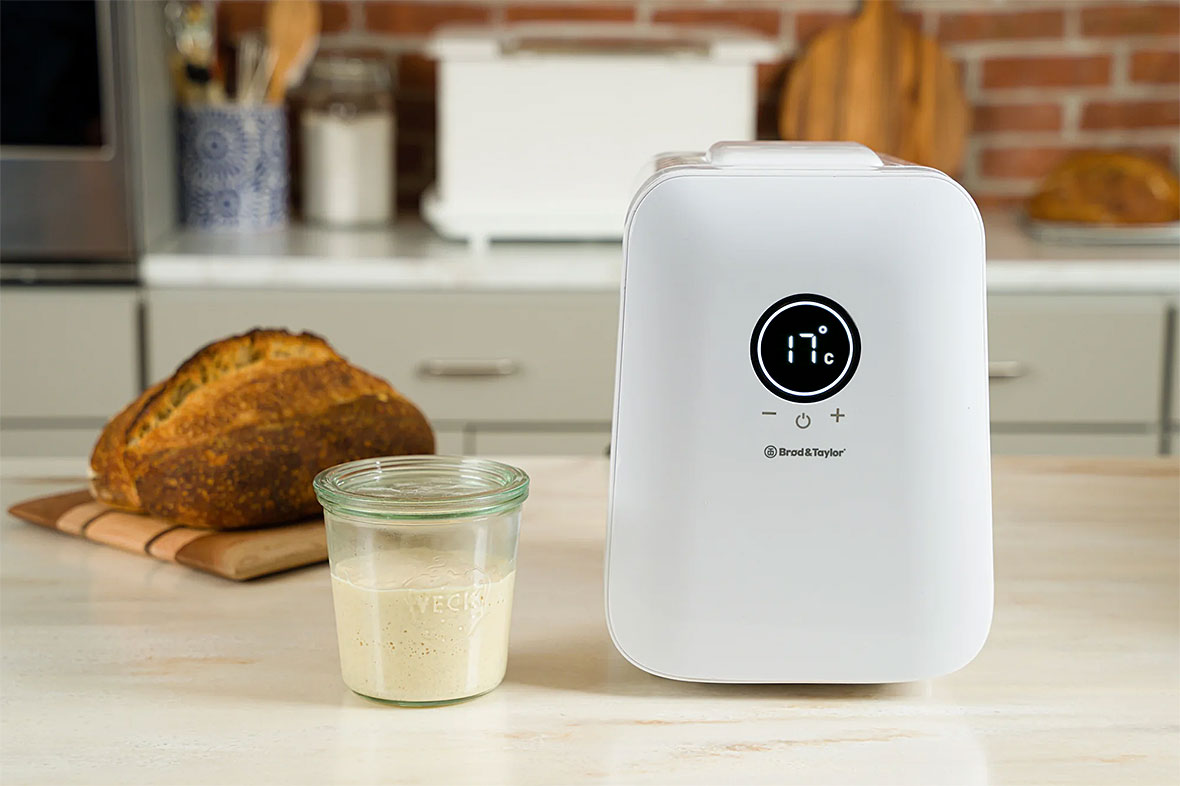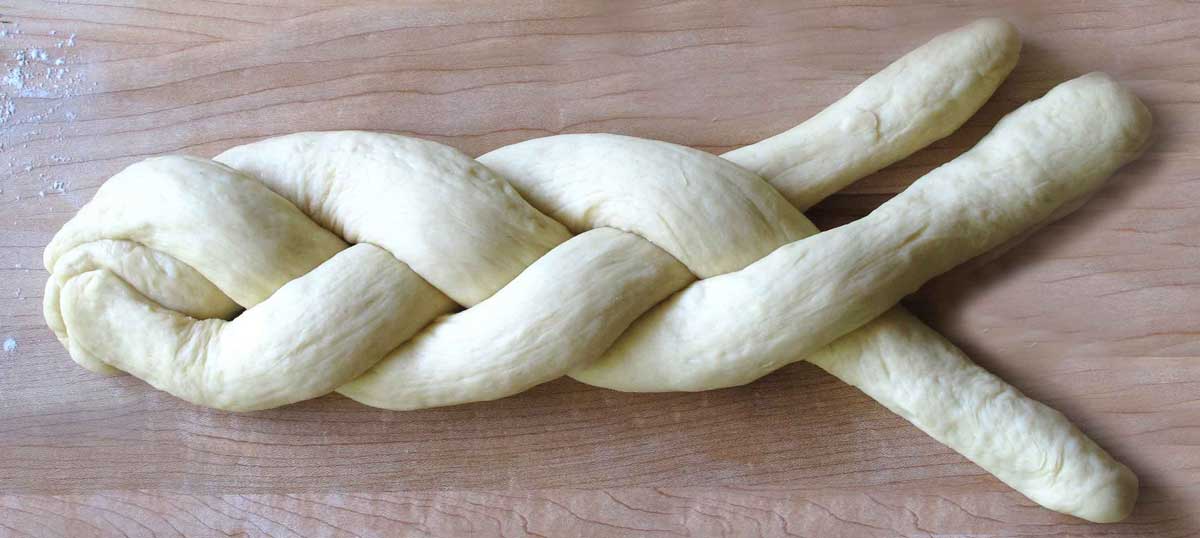Bread & Sourdough Recipes
Bread Rising Tips
Choosing a Temperature for Rising Bread
With the touch of a button you can select a temperature for rising bread that fits your needs. At lower temperatures breads take longer to rise but develop more flavour, while warmer temperatures are more convenient because doughs rise faster.
If a recipe or cookbook specifies a rising temperature, use that. Often there is guidance in the opening section of a book on what temperatures were used to ferment dough, or what the author considers “warm room temperature” to be. If a Desired Dough Temperature (DDT) is specified, it should also be used for proofing (DDT is the temperature of your dough after kneading).

Temperature Guidelines:
Our bread recipe specifications have been written for the Proofer with water in the tray and no cover on the dough. Covering the dough container with plastic wrap can result in a warmer dough temperature and over-proofing.
- A universal temperature that works well for a wide variety of breads is 27 ºC. If you love simplicity, just set the Proofer to 21 ºC and know that it will work well for most breads.
- Sourdough works in a range of 21-30 ºC. Warmer temps 30 ºC will help promote acidity in sourdough while cooler temps 21-24 ºC will favour the yeast and help create milder flavours.
- Commercial yeast is vigorous and thrives at a wide range of temperatures. For a good balance between flavour development and yeast activity in lean doughs, consider a temperature of 24-26 ºC.
- Sweet doughs and croissants often contain butter and do well at temps that are warm, but below the melting point of butter. We recommend 27 ºC for these doughs, or 29 ºC if they are cold from the refrigerator.
- Rye breads have weaker gluten and higher enzyme activity than wheat breads. A Proofer setting of 27-30 ºC will shorten fermentation time and help keep the enzymes from degrading the dough too quickly.
- Cold dough often needs an extra hour (or more) per pound/500g added to its rising time. Frozen dough should be thawed in the refrigerator before proofing.
- In a hurry? Mix the dough with lukewarm 38 ºC water, then ferment at 30-32 ºC. Temperatures above 32 ºC may adversely affect flavour in yeast breads.
- Pre-ferments that rise overnight need a cool temperature to help ensure that they don’t over-ferment while unattended. Set the Proofer to 21-22 ºC.


Adding Humidity
Yeast loves humidity, and doughs need moisture to prevent a dry skin from forming on the outside of the dough. The Proofer’s water tray helps maintain ideal humidity (60-80%) for rising dough. Most doughs and shaped loaves will not need to be covered while in the Proofer. However, if using the Proofer for an extended fermentation at a lower temperature, such as an overnight (12 hours) biga or pre-ferment, it is safest to cover the bowl or container.
Water Temperature
The temperature of the water or liquid that your dough is mixed with will affect the temperature of your dough and proofing. Ideally, dough temperature should be close to the temperature you would like to rise your bread at. For instance, an overnight pre-ferment that will rise at 21 ºC should be mixed with water that is close to 21 ºC.
And a dough that will be proofed at 29 ºC should be mixed with warmer water. It’s no problem, though, if you end up using cooler water, just know that rising will take a little longer with cooler dough. Always use cooler room temperature water when mixing and kneading in the food processor, because it warms dough during processing. Long kneading times in a stand mixer will also warm the dough, so cooler liquids are appropriate.

 Select Country
Select Country














The leavain in your instruction book seems very thick. I will see what happens